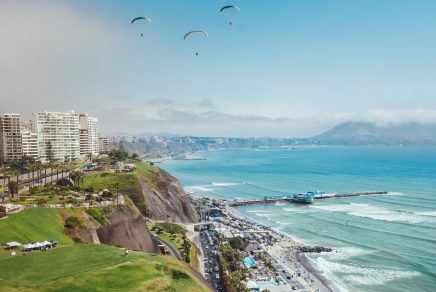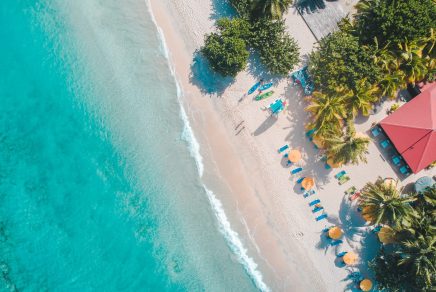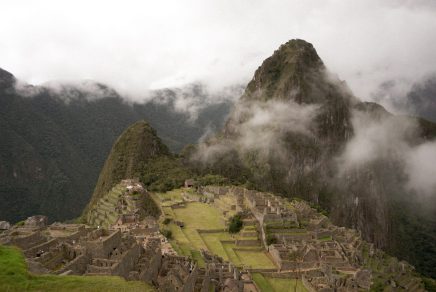Traveling to Peru, with its breathtaking landscapes and the Peruvian Andes, is an unparalleled experience in Latin America. However, the high altitude can pose a challenge, especially for people more sensitive to the lack of oxygen. Whether planning a trip to Cusco, a trek through the Sacred Valley, or hiking the Inca Trail, altitude can be intimidating. Still, it’s worth overcoming your fears and stepping out of your comfort zone to fully enjoy these unique moments. Here are 5 winning strategies to overcome altitude sickness in Peru and make the most of your journey.
What is altitude sickness?
Altitude sickness, also known as acute mountain sickness (AMS), occurs when you ascend to high altitudes too quickly without giving your body time to acclimate. It generally manifests above 2,500 meters (8,200 feet) and can affect anyone, regardless of physical fitness. Symptoms include headaches, nausea, dizziness, excessive fatigue, and sometimes breathing difficulties. In more severe cases, altitude sickness can develop into pulmonary or cerebral edema, requiring immediate descent and medical attention. Understanding and recognizing these symptoms is crucial to enjoying your trip safely.
What are the symptoms of altitude sickness?
Altitude sickness in Peru can manifest in various ways, ranging from mild discomfort to severe health problems. Symptoms often start to appear when you ascend above 8,000 feet (2,500 meters). The most frequently reported symptoms include:
- Headaches: The reduced oxygen levels can cause throbbing headaches, often the first sign of altitude sickness.
- Nausea and Vomiting: Individuals may also experience a feeling of nausea, which can progress to vomiting in more severe cases.
- Fatigue/Weakness: It’s common to feel unusually tired or weak at higher altitudes.
- Loss of appetite: Another symptom could be a loss of appetite, due to the body’s reaction to the changes in atmospheric pressure.
- Shortness of breath: One might experience difficulty breathing or shortness of breath as the body tries to adapt to the lower oxygen levels.
- Dizziness/Lightheadedness: Some people might feel dizzy or lightheaded, a result of decreased air pressure at high altitudes.
These symptoms can vary in intensity and may progress if left unmanaged. As a general rule of thumb, monitor these symptoms closely and act early to prevent escalation.
Altitude sickness in Peru: everything you need to know
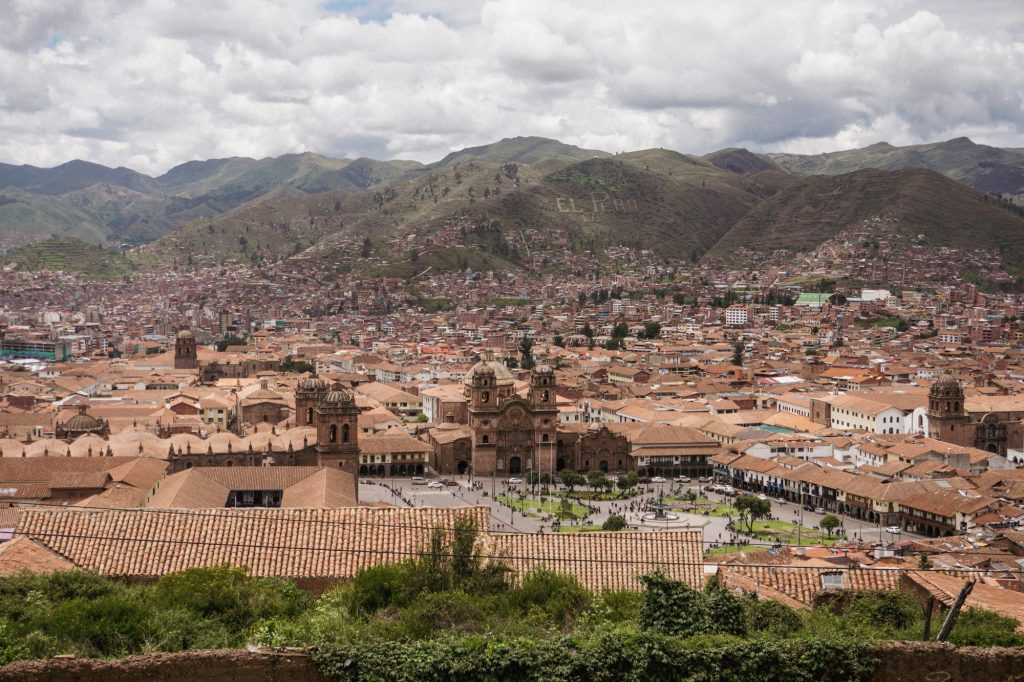
What elevation and altitude is Cusco, Peru, as well as Machu Picchu, Lima, Lake Titicaca and the Sacred Valley
- Cusco, the historical capital of the Inca Empire, sits at an impressive altitude of approximately 3,400 meters (11,152 feet) above sea level.
- Machu Picchu, an ancient Inca city nestled within the Andes, is slightly lower, with an altitude of around 2,430 meters (7,972 feet).
- Lima, the capital of Peru located on the Pacific coast, has a low elevation, at approximately 161 meters (528 feet).
- Lake Titicaca is located at 3,812 meters (12,506 feet).
- Lastly, the Sacred Valley, home to numerous archaeological sites, exhibits varying altitudes, but averages around 2,400 meters (8,000 feet).
How common is altitude sickness in Peru?
Altitude sickness in Peru, locally known as Soroche, is relatively common due to the country’s elevations. It’s particularly prevalent in areas such as Cusco, which sits around 3,400m above sea level. While it’s not universal, the frequency of altitude sickness can vary greatly among visitors based on factors like physical condition, individual health, speed of ascent, and time spent at high elevations. It’s worth noting that altitude sickness can affect anyone, regardless of age or fitness level. The average altitude of Peru is about 5,102 feet (1,555 meters), similar to Colorado, the highest state in America. In areas like Cusco, the altitude can exceed 11,000 feet (3,400 meters).
Do I need altitude sickness tablets or medicine for Machu Picchu?
Before your trip, consult a healthcare professional for advice. A small percentage of people are advised to take medications like Acetazolamide (Diamox), which can help prevent altitude sickness. This is a good reason to seek medical guidance to determine the right doses before ascending to high altitudes.
How to acclimate to high altitude in Peru


Let rest be your greatest ally
Allow your body to adjust to high altitudes by planning a day of acclimatization. Spend the first few hours hours of arrival in Cusco or the Sacred Valley, where you can explore at a normal activity level while letting your body adjust. Take this opportunity to discover the local culture, visit lower altitude sites, and rest. Adequate rest is crucial for minimizing altitude sickness symptoms.
Coca and muna tea: natural remedies for altitude sickness in Peru
Coca tea and muna tea are two traditional remedies recommended by locals. Coca is known for its stimulating properties and its beneficial effects against altitude sickness. However, consume it in moderation and avoid it late in the day to prevent sleep disturbances. Muna tea, a local plant, is also effective in alleviating altitude symptoms and can be consumed throughout the day. These plants are easily found in tea or candy form along your journey.
Eat light and stay hydrated
At high altitudes, digestion slows down, making heavy meals harder to digest. Opt for lighter, more frequent meals to avoid digestive discomfort. Hydration is essential as altitude can mask the sensation of thirst. Drink water regularly to keep your body well-hydrated. Avoid alcohol and caffeine, as they can exacerbate dehydration.
How to prepare for altitude sickness in Peru? Ascend gradually!
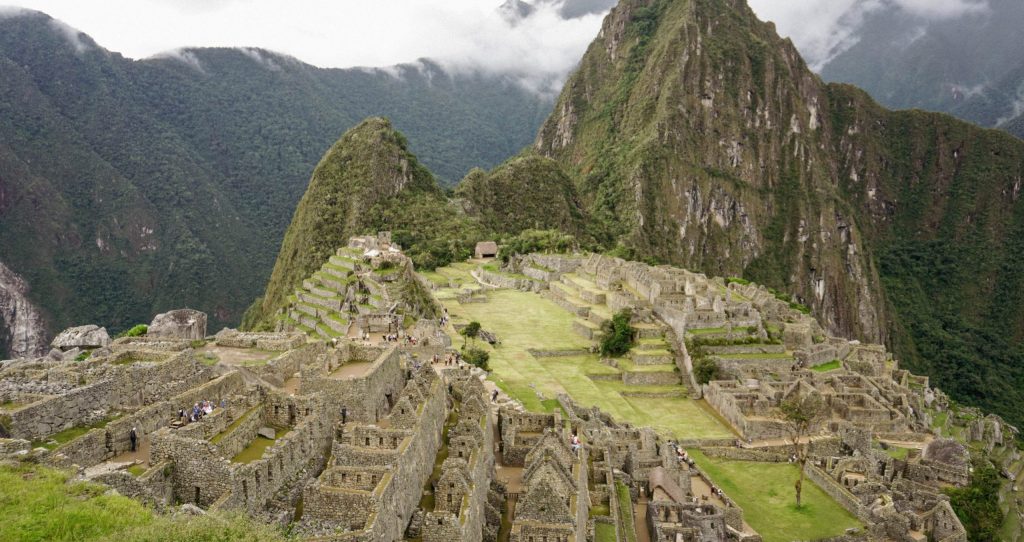
If Machu Picchu is on your itinerary, start by exploring lower altitude sites like the Sacred Valley before venturing to higher elevations. This gradual acclimatization allows your body to adjust slowly to the changes in atmospheric pressure. Progressing slowly reduces the risk of developing severe altitude sickness symptoms.
Overcoming altitude sickness may seem challenging, but with proper preparation, you can fully enjoy the wonders of Peru. Don’t let the fear of altitude stop you from experiencing this unique adventure. Take the time to acclimate, follow these tips, and you’ll find that the effort is worth it to access the stunning landscapes and rich history of Machu Picchu.
Altitude sickness on the Inca Trail
Altitude sickness is a common concern for hikers on the Inca Trail, as the trek involves significant elevation changes. The trail reaches its highest point at Dead Woman’s Pass, which stands at 4,215 meters (13,828 feet) above sea level. Many hikers experience symptoms of altitude sickness, such as headaches, nausea, dizziness, and shortness of breath, especially as they ascend to these higher altitudes. Proper acclimatization is crucial; it’s recommended to spend a few days in Cusco (3,400 meters or 11,150 feet) or the Sacred Valley (2,800 meters or 9,186 feet) before starting the trek. Drinking plenty of water, eating light meals, and taking it slow on the trail can help mitigate symptoms. Despite the challenges, preparing adequately can help ensure a rewarding and memorable experience on the Inca Trail.



